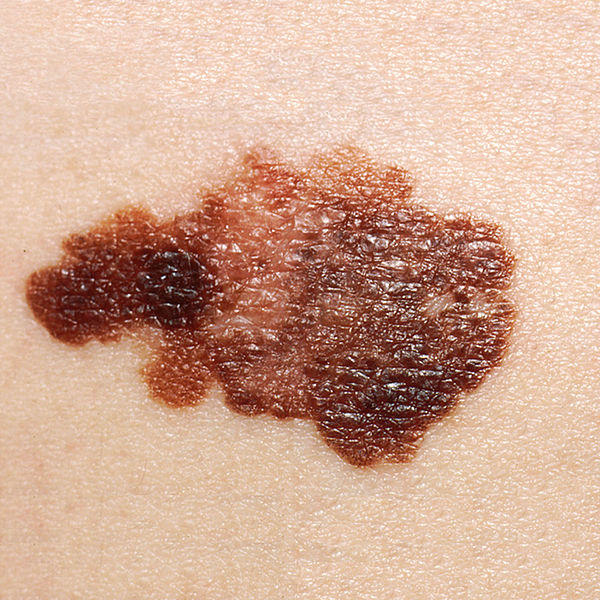
Section Branding
Header Content
Melanoma In Men
Primary Content

Wearing Sunscreen is a very good idea. It helps prevents skin aging and wrinkles. More importantly, it blocks harmful UV radiation, and helps prevent skin cancers, including the deadliest: melanoma.
In my family, the females (my daughter and I) are more likely than the males (my husband and son) to wear sunscreen, and use it regularly. I have noticed similar trends in my patients.
A new study published in JAMA Dermatology specifically addresses the dangers to males who don’t use sunscreen. It found melanoma is more deadly in young males than in young females.
The study, based on cancer registry data, found young men 55% more likely to die from melanoma than young women.
Granted: there may be gender-related biological reasons involved. But there are also gender-related differences in how we take care of our skin. The researchers found that newly diagnosed melanomas in men were thicker and more advanced than in women— an indication that men wait longer to get things checked.
Knowing, literally, the ABC’s of melanoma can help you spot it early. Here are the warning signs:
“A” for Asymmetry: Look for asymmetrical marks.
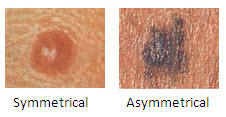
“B” for Border: Look for irregular borders.
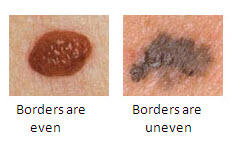
“C” for Color: Look for uneven coloring.
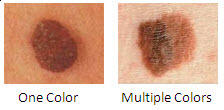
“D” for Diameter: Marks and moles the size of a pencil eraser and larger also warrant a visit to a dermatologist.
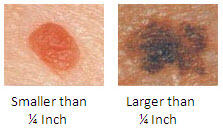
“E” for Evolving: Look for changes in size, shape, or color. New symptoms, such as itching or bleeding, are also warning signs.
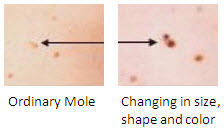
The sooner melanoma is diagnosed and treated, the better the odds of surviving it.
Know those As,Bs,Cs, Ds and Es. Check yourself regularly, and consult your dermatologist.
Ultraviolet radiation comes from the sun, as well as from tanning beds. Be sure to protect yourself. Wear sunscreen any time you are subject to UV radiation, whatever the source.
Wearing Sunscreen is a





